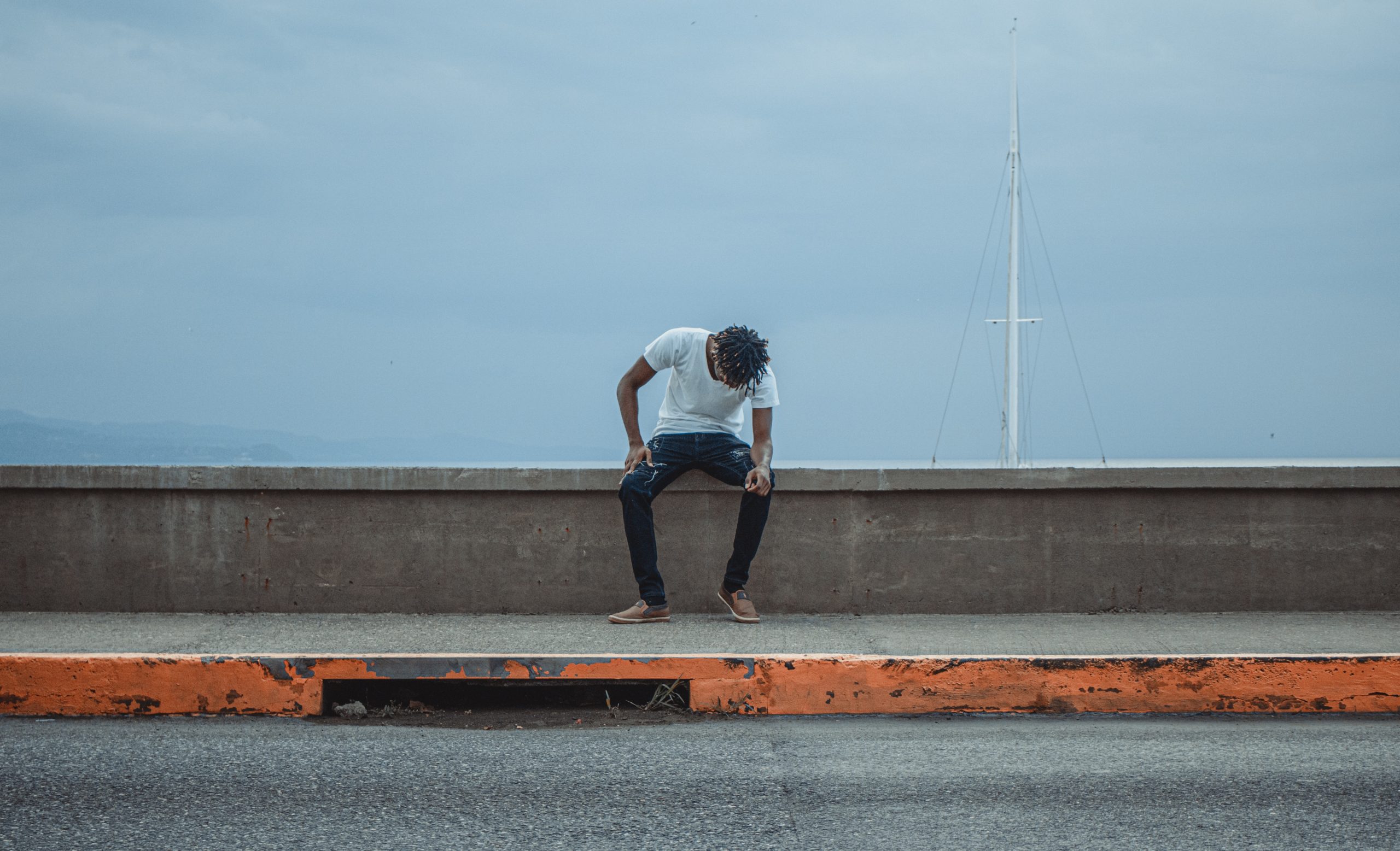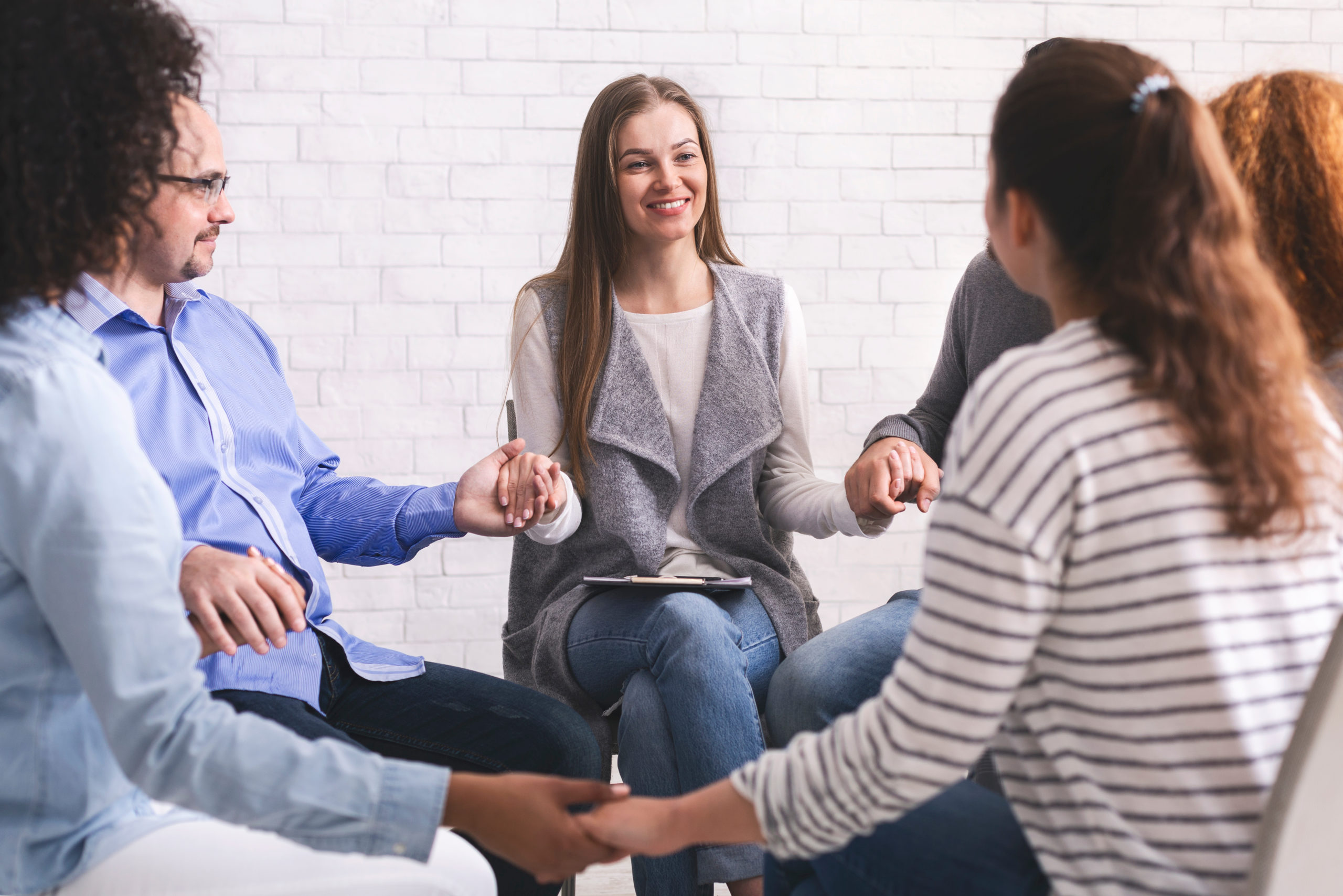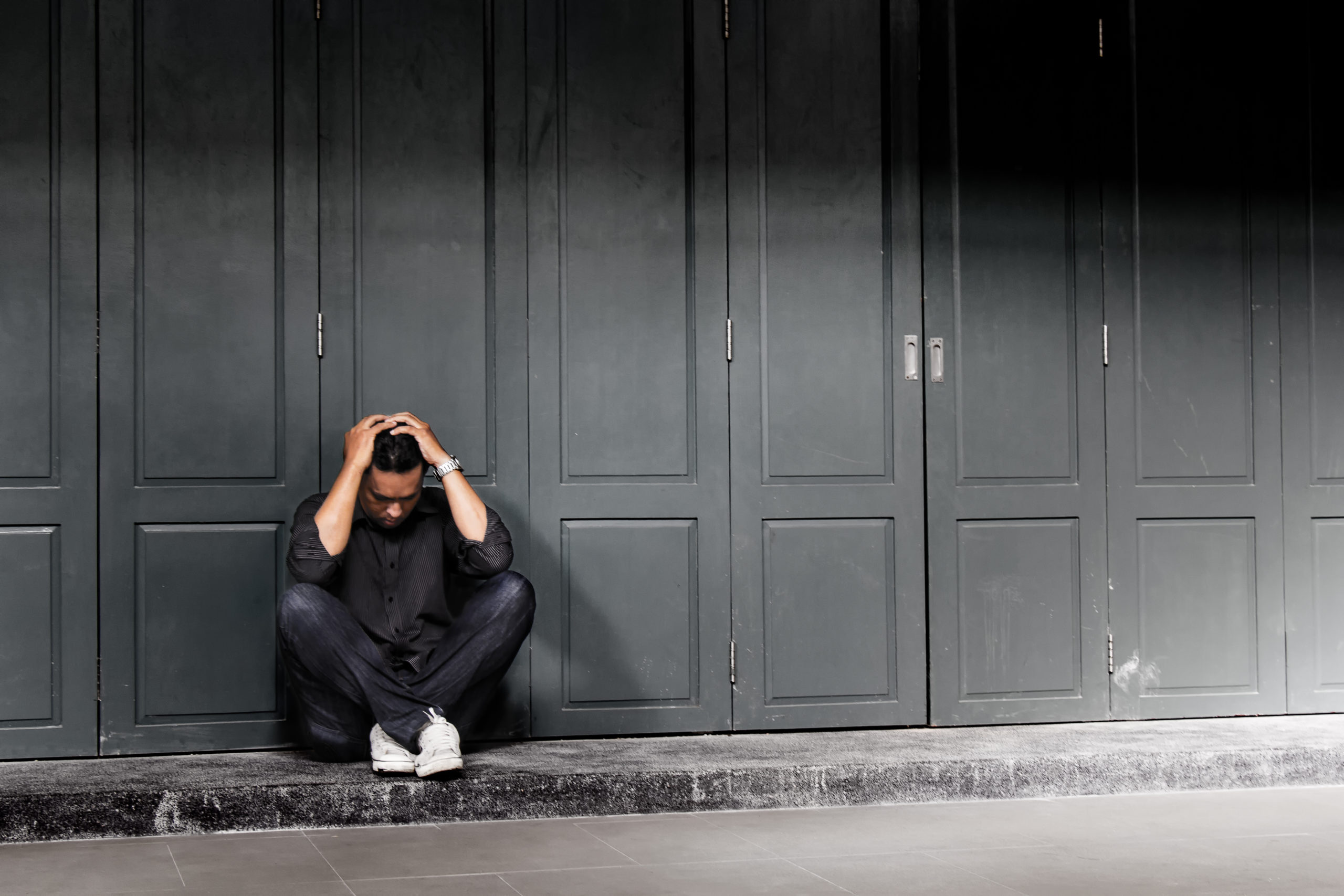Klonopin is often a helpful tool for people with short term insomnia, chronic anxiety, or panic attacks. The drug can help to ease unpleasant symptoms while therapy uncovers the root causes and helps patients to develop better coping mechanisms. Unfortunately, this is rarely how Klonopin is used.
Many people find themselves addicted to Klonopin, either by taking their prescriptions or from buying the drug illegally. If you’re worried that you or someone you love might have a problematic relationship with Klonopin, you need to learn the warning signs and understand the available options for help.
What is Klonopin?
Klonopin is a brand name of the drug clonazepam. Clonazepam is a benzodiazepine drug like alprazolam (Xanax) and lorazepam (Ativan). Klonopin works to suppress certain brain receptors that cause anxiety or excessive alertness. With these receptors blocked, people are less prone to experience insomnia or panic attacks. They find it easier to relax.
Klonopin was initially developed to manage seizures in patients who experienced them frequently. Further studies determined that the drug should not be used long term in the way that other seizure drugs are intended to be used.
How Should Klonopin Be Used?
Klonopin is generally recognized as safe when prescribed at a proper dosage and for a limited duration. Klonopin was never intended to be used for longer than two weeks, but many physicians continuously refill scripts for their patients. This means their patients are technically abusing the drug, but are completely unaware that they’re doing so.
Klonopin should not be taken in conjunction with many other drugs, particularly opioids. When benzodiazepine drugs and opioids are taken simultaneously, they overlap to create the effect of increased potency. This significantly increases the potential for accidental overdose, which can sometimes be fatal.
Are Benzodiazepine Drugs as Dangerous as Opioids?
Opioid pain medications are widely regarded as controversial for their addictive potential and the physical dependence they create. Benzodiazepine drugs were once regarded as safer, and are regulated less intensely than opioids. This doesn’t mean that benzodiazepine drugs like Klonopin are not addictive.
Klonopin has the potential to be the most addictive benzodiazepine drug. It differs from its counterparts in the way it works. Klonopin is rapid acting and has a very long half life. Its effects begin to take hold within an hour and remnants of the drug can remain in the system for a few days. This is the perfect storm for fostering drug dependency.
Much like opioids, benzodiazepine drugs like Klonopin change the way your brain works. Any drug that alters your brain’s balance of chemicals or the way that its receptors or neurotransmitters work can cause dependency. The brain adapts to the changes the drug causes and notices when the drug is missing. Its response leads to withdrawal symptoms.
What Are The Signs of Klonopin Addiction?
If you have been taking Klonopin for longer than two weeks, you are technically addicted to Klonopin. Even if you’re taking it with a prescription and medical supervision exactly as you are directed to, the drug has changed the way your brain works.
If you find yourself having to take more of the drug to experience the same effects you did when you first began taking it, this tolerance is indicative of a drug dependency. This is true for both patients being medically treated with Klonopin and people who purchase the drug illegally.
Other signs of Klonopin addiction include legal or financial trouble relating to your use of the drug, persistent cravings for the drug, loss of interest in day to day activities, and difficulty stopping the medication even if you feel the desire to do so.
Detoxing From Klonopin
Some medications are more dangerous to detoxify from than others. Klonopin withdrawal can be extremely dangerous for some of its users. Since Klonopin changes the brain’s balance of chemicals, withdrawals can lead to major events like seizures, coma, or death if not properly supervised.
Some people may experience nausea, tremors and trouble with coordination, sensory hallucinations, increased temperature and pulse, and insomnia. Increased anxiety and panic attacks are also common This is because Klonopin had changed the receptors in the brain that regulated those feelings, and with the absence of the drug to suppress them, they kick into overdrive.
Detoxing from Klonopin isn’t something you can safely do at home. You’ll need the supervision of a medical professional or addiction specialist. He or she can monitor your symptoms and provide you with adequate care to help make the detoxing process a little more comfortable. This is especially important because severe adverse reactions like seizures can be life threatening if not handled properly.
Most people who detox from Klonopin find that the worst of the symptoms subside within four days of stopping the medication. Some symptoms will linger for up to two weeks. It’s going to take your brain a little while to come back to its proper balance once Klonopin is done changing the way it works.
Some people are left with symptoms like depression or persistent anxiety that can last indefinitely if not properly addressed. Therapy and safer alternative medications may be helpful in overcoming the long term aftereffects of Klonopin use. They may also help to treat any co-occurring conditions that contributed to your medical need or personal desire to take Klonopin.
Drug Rehabilitation Treatment
After you have safely detoxed from Klonopin, you will begin a drug rehabilitation treatment program. This treatment will involve a combination of therapies. Both individual therapy and group therapy sessions are beneficial to people who have struggled with drug or alcohol use disorders.
One of the most important steps in addiction recovery is to uncover the root cause of the addiction. Many people use substances as a method of self medicating, or escaping unwanted feelings. Drug use disorders only add to the issue. They don’t resolve underlying feelings or problems. They allow them to compound unattended in the background, sometimes causing them to become worse than they were before the addiction began.
Group therapy provides a safe environment for people with substance use disorders to share their feelings. Often, people who live with these disorders feel very alone. It’s difficult to find others to relate to, especially when it feels like most people don’t understand what they’re going through or judge them for the behavior surrounding their addiction.
Group sessions provide the foundation for empathy and understanding that many addicts require during this trying time. It’s easier to open up with people who have lived similar experiences or have made decisions they aren’t proud of as a result of their addiction. Group therapy keeps addicts from feeling alone, or “othered”.
Individual therapy will help to address deeply personal issues that some people may not feel comfortable sharing in a group. A therapist can help you address your unique behavior patterns and work with you to create a sustainable plan for a healthy future.
Focusing on your strengths and weaknesses, as well as helping to establish better coping mechanisms, is an important part of drug rehabilitation treatment. You’re less likely to relapse if you have clearly defined alternatives to problematic habits and behaviors.
Maintaining Sobriety with Aftercare
The last part of Klonopin addiction treatment is aftercare, which can span an indefinite period of time. Some people decide to participate in aftercare, like individual therapy or group sessions, for the rest of their lives. They enjoy the accountability that aftercare enforces and will continue to learn, grow, and explore their emotions in a healthy way.
Aftercare is not just the treatment methods you utilize after you have officially completed a treatment program, but the healthier choices you make and commit to. Some people find that their healthy emotional outlets are a crucial component of their aftercare.
Activities to achieve and maintain better physical and emotional health are common. Yoga, martial arts, fitness programs, gardening groups, book clubs, educational courses, and volunteer programs can be helpful tools for people in recovery. They’re a healthy and productive way to spend time that an addict might have otherwise devoted to using drugs or alcohol.
Conclusion
Although the basics of the treatment steps for Klonopin addiction will be the same for everyone, you will need your own roadmap. Addiction is highly personal, and recovery is no different. The tools and methods that work for you may vary significantly from the tools the people sitting around you in group therapy need.
It’s hard to know exactly what recovery will look like, and that’s a good thing. It means you aren’t confined to a prepackaged solution. You’re a dynamic human being who deserves to be happy and healthy, and the right rehabilitation center will treat you like one.
Sources:
https://www.drugs.com/drug-class/benzodiazepines.html
https://www.ncbi.nlm.nih.gov/books/NBK310652/
https://www.everydayhealth.com/news/benefits-group-therapy-mental-health-treatment/






